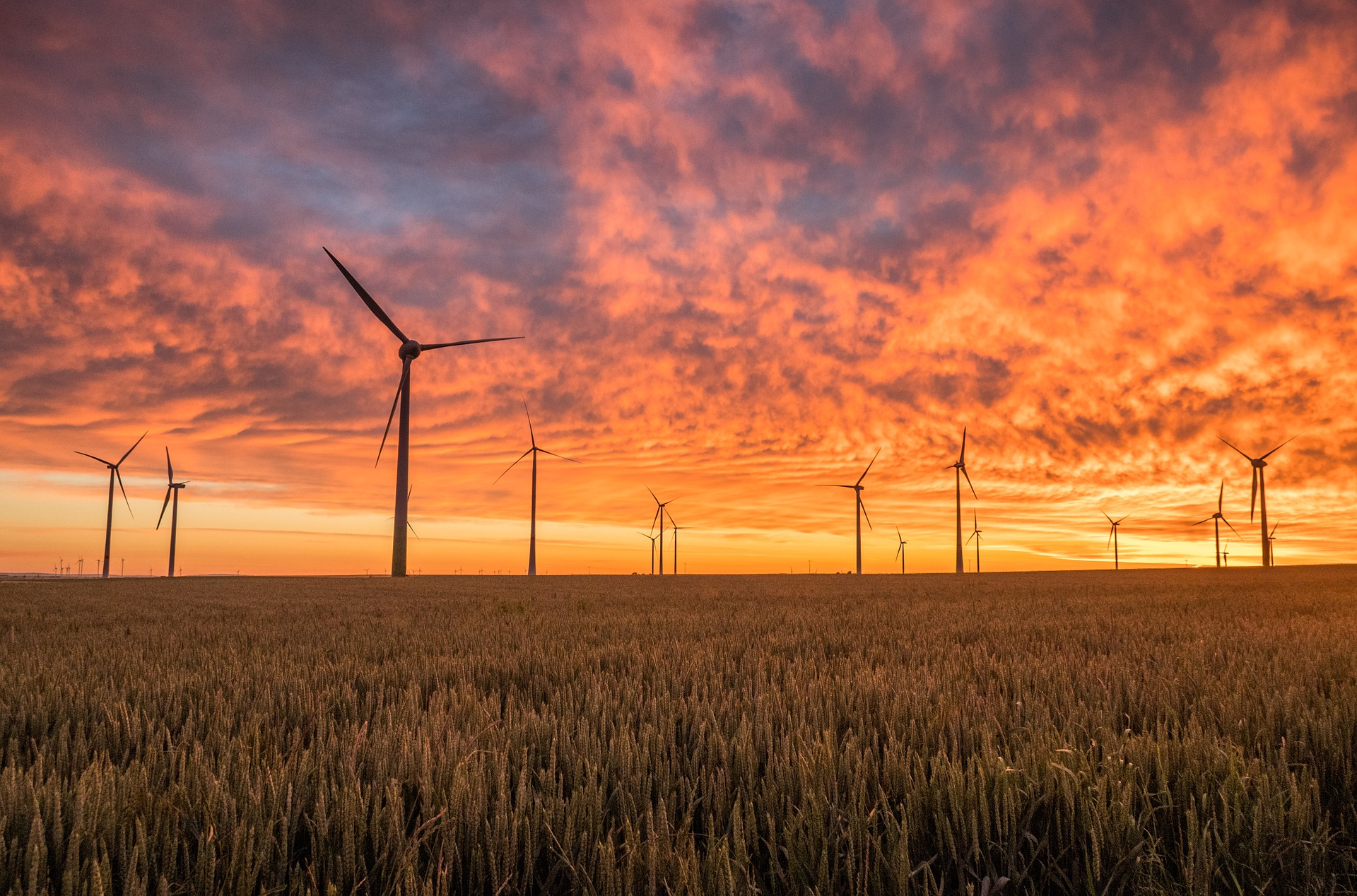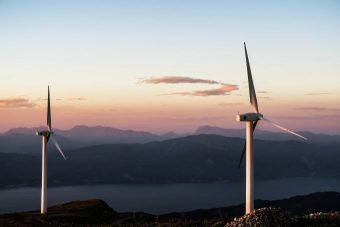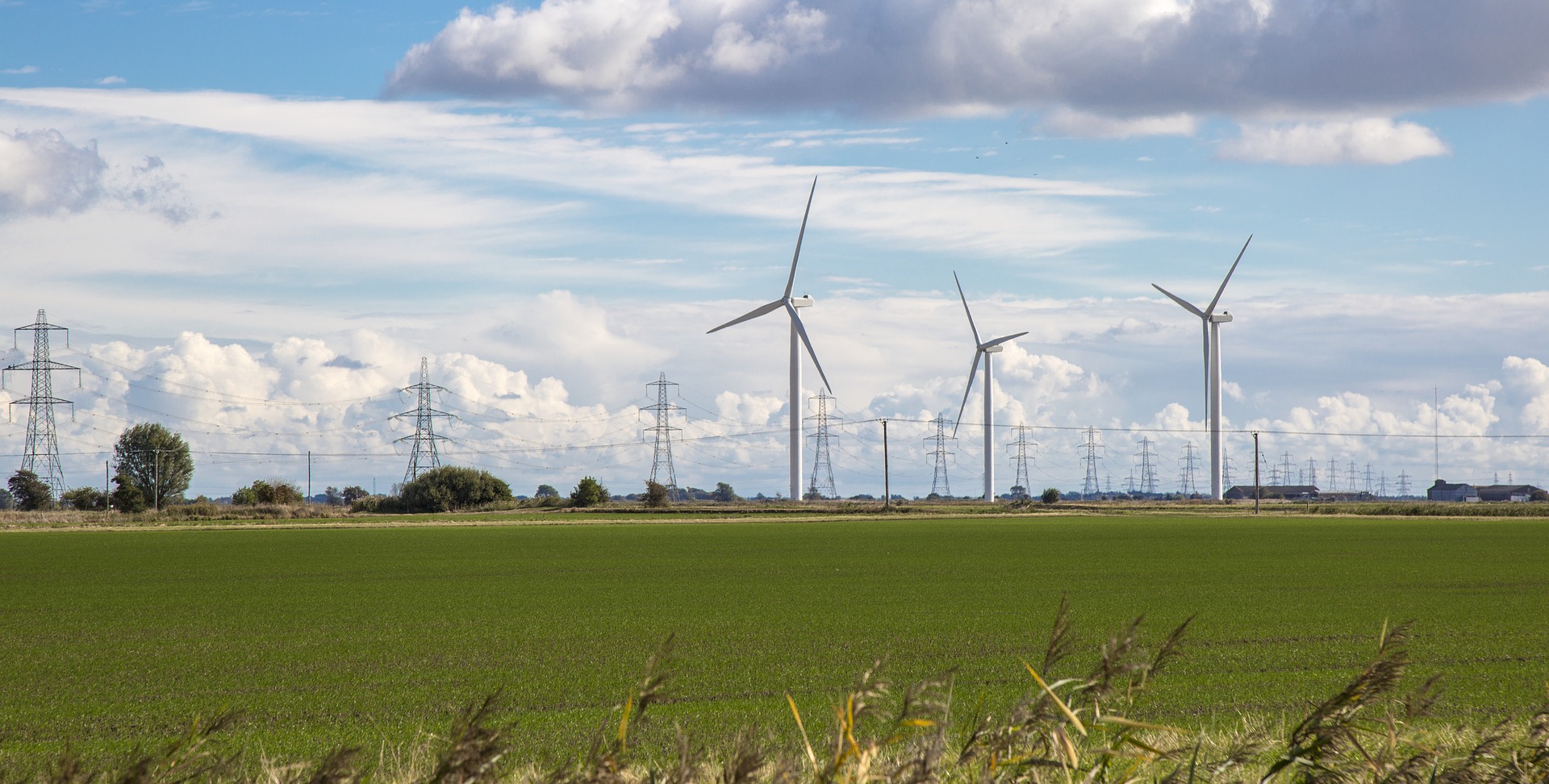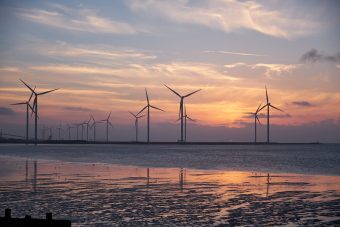
Lawmakers in the Maryland Senate voted 32-13 Thursday to expand the state’s renewable energy target restoring the Clean Energy Jobs Act and overriding Republican Gov. Larry Hogan’s veto of the measure in May of last year. The bill is now in effect.
The bill increases requirements to use energy sources like wind and solar power to 25 percent by 2020, increased from 20 percent by 2022. The renewable portfolio standard (RPS), according to the Maryland Climate Coalition, will result in an additional 250 megawatts of solar energy in the state and more than 1,000 megawatts of additional renewable energy in the region.
The American Wind Energy Association (AWEA) said this bill is a big win for Maryland’s economy. Wind power relies on a robust American supply chain that consists of 500 factories across 43 states, the wind energy organization touts, with wind energy already providing $380 million of capital investment in Maryland, and wind turbine lease payments generating up to $1 million a year in the state.
“Making the Clean Energy Jobs Act law is the right decision for Maryland. Renewable energy legislation is pro-growth, pro-business, and means access to more jobs in Maryland,” AWEA CEO Tom Kiernan said. “From the Free State’s population-hubs to majestic shores, this ensures more low-cost, homegrown American wind power reaches homeowners and businesses.”
This bill will also benefit the solar energy industry. Abigail Ross Hopper, president and CEO of the Solar Energy Industries Association, said the bill will pave “the way for increased renewable energy in communities across the state. The Clean Energy Jobs Act is named that for a reason. Today, the solar industry employs thousands of Marylanders who know firsthand that when you expand clean energy, you increase the number of well-paying local jobs.”
Gov. Hogan criticized the veto of his bill and said it will raise electricity costs. He called it a “sunshine and wind tax.” However, as AWEA pointed out in a blog post, meeting renewable energy goals created up to $4.9 billion in reduced consumer energy prices and added 200,000 American jobs, and $20 billion to annual GDP through 2013.
Maryland is not alone in wanting to grow its economy via renewable energy generation. States representing roughly a quarter of the U.S. population—California, Oregon, New York, Massachusetts, Michigan, Rhode Island and DC—have increased their renewable energy goals in the past year.
According to the Lawrence Berkeley National Laboratory and National Renewable Energy Laboratory, state renewable portfolio standards have created $7.5 billion in annual environmental benefits from reduced air emissions, 27 billion gallons in reduced yearly water consumption and $1.3 billion to $4.9 billion in reduced consumer energy prices, including 200,000 American jobs and $20 billion in annual GDP.
“In the current face of fear, uncertainty, and at times outright denial of environmental problems at the federal level, the Clean Energy Jobs Act proves that states like Maryland will not remain quiet on our country’s toughest challenges like climate change,” David Smedick, Maryland Beyond Coal Campaign and policy representative for the Sierra Club, said.
Source: ecowatch.com







 Bioenergy is the largest source of renewable energy today, providing heat and electricity, as well as transport fuels. Yet, more so than for other low‑carbon energy technologies, the complex and multi‑faceted supply chains of bioenergy projects call for careful consideration of sustainability issues and well-thought-out regulatory frameworks. These will enable continued bioenergy growth, while contributing to reduced GHG emissions and greater energy security while fostering the agricultural sector.
Bioenergy is the largest source of renewable energy today, providing heat and electricity, as well as transport fuels. Yet, more so than for other low‑carbon energy technologies, the complex and multi‑faceted supply chains of bioenergy projects call for careful consideration of sustainability issues and well-thought-out regulatory frameworks. These will enable continued bioenergy growth, while contributing to reduced GHG emissions and greater energy security while fostering the agricultural sector.
 While preparing for the interview with PhD Nebojša Veljković, we have performed several experiments and easily made sure that the litre of water is more expensive than the litre of petrol. Continuation of the conversation is well-known, and that is a fact that water makes 70 percent of the planet and of our body. Serbia is rich in water resources but it is still limited and we do not have it in abundance. In the last 3 decades, much geopolitical yeast in the world happen due to drought and energy sources. Rivers and their flows are actually extremely important for life and work of people, so much that 40 percent of people on the planet live in the basins of rivers and lakes which include two or more countries. Even 90 percent of people live in the countries which have river basins. Therefore, water management represents a complex web of activities and measurements which are not only technical but also envisage the harmonization of supply and demand, management of services and purpose and what is more important the management of the resource itself. PhD Nebojša Veljković is the Head of the Department for monitoring of water quality and sediment in the Serbian Environmental Protection Agency and he shared with us some scientific findings and knowledge in the field of water management in Serbia.
While preparing for the interview with PhD Nebojša Veljković, we have performed several experiments and easily made sure that the litre of water is more expensive than the litre of petrol. Continuation of the conversation is well-known, and that is a fact that water makes 70 percent of the planet and of our body. Serbia is rich in water resources but it is still limited and we do not have it in abundance. In the last 3 decades, much geopolitical yeast in the world happen due to drought and energy sources. Rivers and their flows are actually extremely important for life and work of people, so much that 40 percent of people on the planet live in the basins of rivers and lakes which include two or more countries. Even 90 percent of people live in the countries which have river basins. Therefore, water management represents a complex web of activities and measurements which are not only technical but also envisage the harmonization of supply and demand, management of services and purpose and what is more important the management of the resource itself. PhD Nebojša Veljković is the Head of the Department for monitoring of water quality and sediment in the Serbian Environmental Protection Agency and he shared with us some scientific findings and knowledge in the field of water management in Serbia. I would single out only the part which is related to your question from this voluminous work. Analysis of our watercourses quality as a recipients of municipal and industrial waste waters for the period from 1981 to 2010 shows three cycles clearly expressed. The first cycle, the 80’s with the trend of quality deterioration towards the 90’s; the second cycle shows the significant increase in quality up to 2000, and the third cycle after 2000 shows mild decline in quality. These three cycles are entirely in accordance with the industrial development of Serbia. The increase of industrial production scope follows the deterioration of receiving water quality and vice versa. This analysis can be supplemented with a comparative overview of the industrial development and coverage of the sewage system for the population with the treatment of waste waters. This comparative overview is given for Serbia and Finland and it presented the industrial growth in the last half of the century. The current level of population’s sewage system coverage is 60 percent and only 10 percent with the treatment systems which date back from the ‘golden’ 80’s and it indicates that in this comparative analyses we weren’t better than Finland even when we had larger scope of industrial production. From which funds will Serbia now finance the construction of the plant for wastewater treatment?
I would single out only the part which is related to your question from this voluminous work. Analysis of our watercourses quality as a recipients of municipal and industrial waste waters for the period from 1981 to 2010 shows three cycles clearly expressed. The first cycle, the 80’s with the trend of quality deterioration towards the 90’s; the second cycle shows the significant increase in quality up to 2000, and the third cycle after 2000 shows mild decline in quality. These three cycles are entirely in accordance with the industrial development of Serbia. The increase of industrial production scope follows the deterioration of receiving water quality and vice versa. This analysis can be supplemented with a comparative overview of the industrial development and coverage of the sewage system for the population with the treatment of waste waters. This comparative overview is given for Serbia and Finland and it presented the industrial growth in the last half of the century. The current level of population’s sewage system coverage is 60 percent and only 10 percent with the treatment systems which date back from the ‘golden’ 80’s and it indicates that in this comparative analyses we weren’t better than Finland even when we had larger scope of industrial production. From which funds will Serbia now finance the construction of the plant for wastewater treatment?












 BADEN, SWITZERLAND—February 2, 2017—GE’s Power Services (NYSE: GE) today announced that this year it will complete the modernization of Elektro Privreda Srbije’s (EPS) TPP Nikola Tesla, the largest coal-fired power plant in Serbia. GE’s steam turbine retrofit will help increase power output, reduce operational and maintenance costs and lower plant carbon footprint through less coal consumption.
BADEN, SWITZERLAND—February 2, 2017—GE’s Power Services (NYSE: GE) today announced that this year it will complete the modernization of Elektro Privreda Srbije’s (EPS) TPP Nikola Tesla, the largest coal-fired power plant in Serbia. GE’s steam turbine retrofit will help increase power output, reduce operational and maintenance costs and lower plant carbon footprint through less coal consumption.


